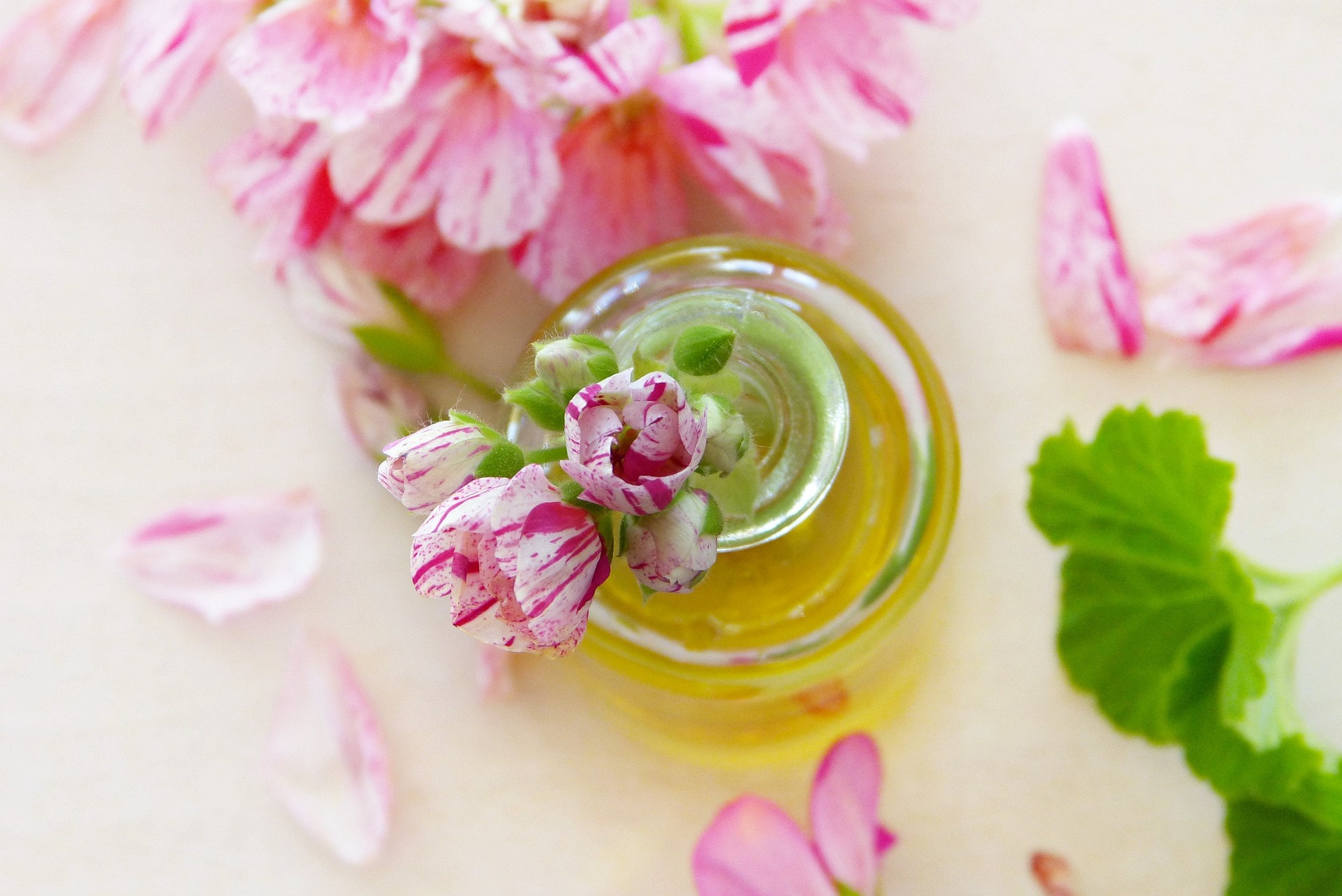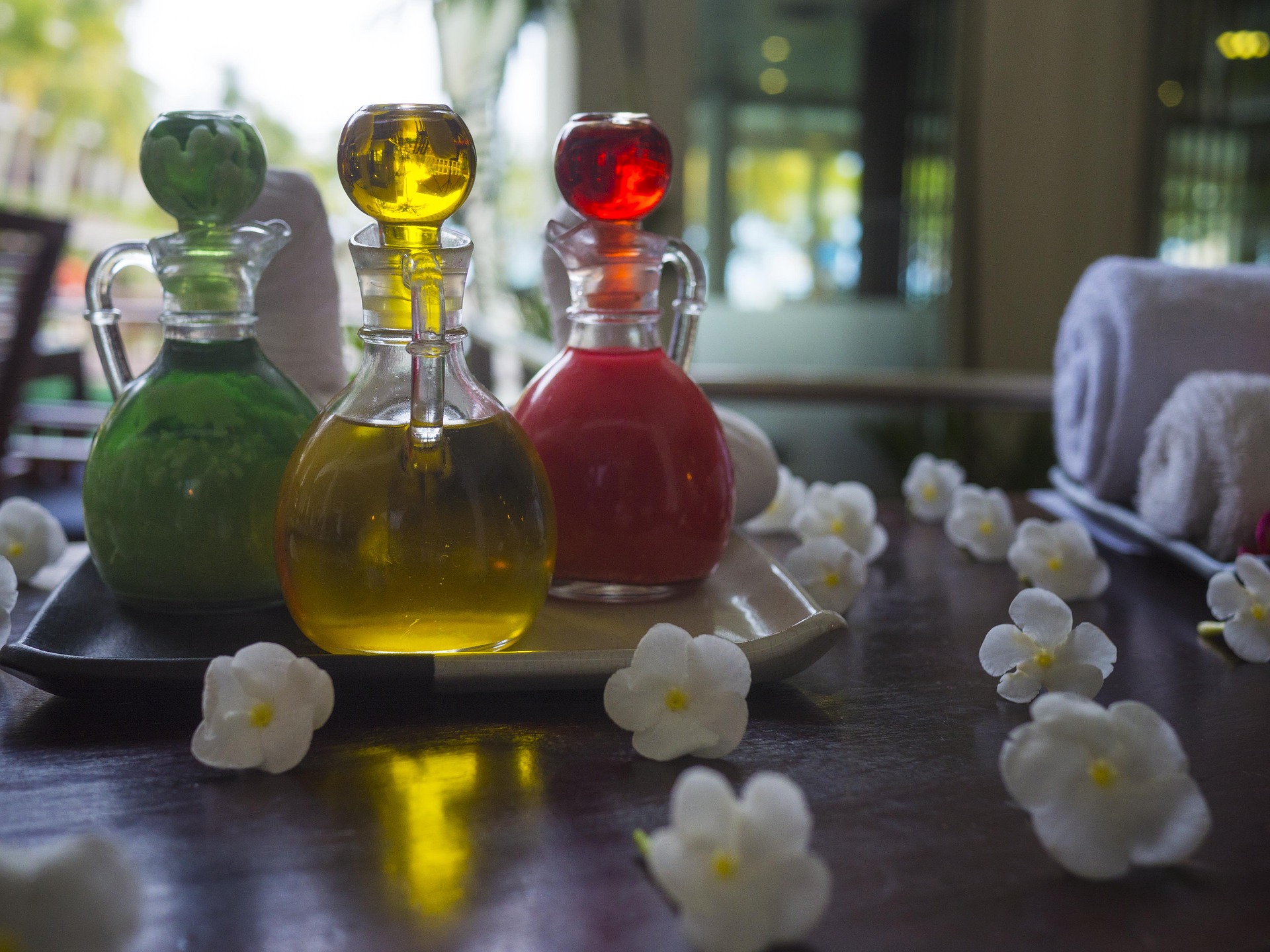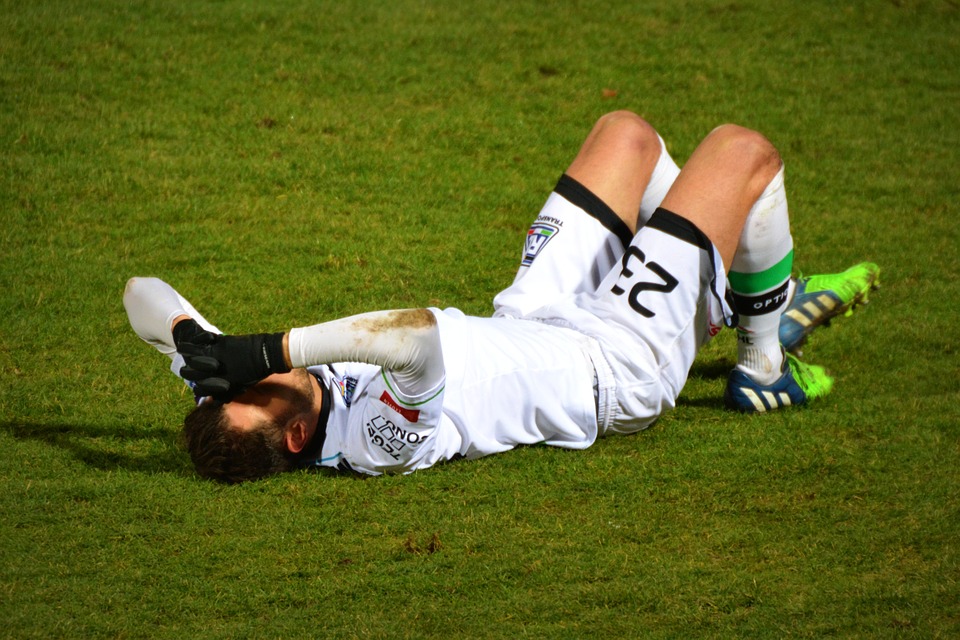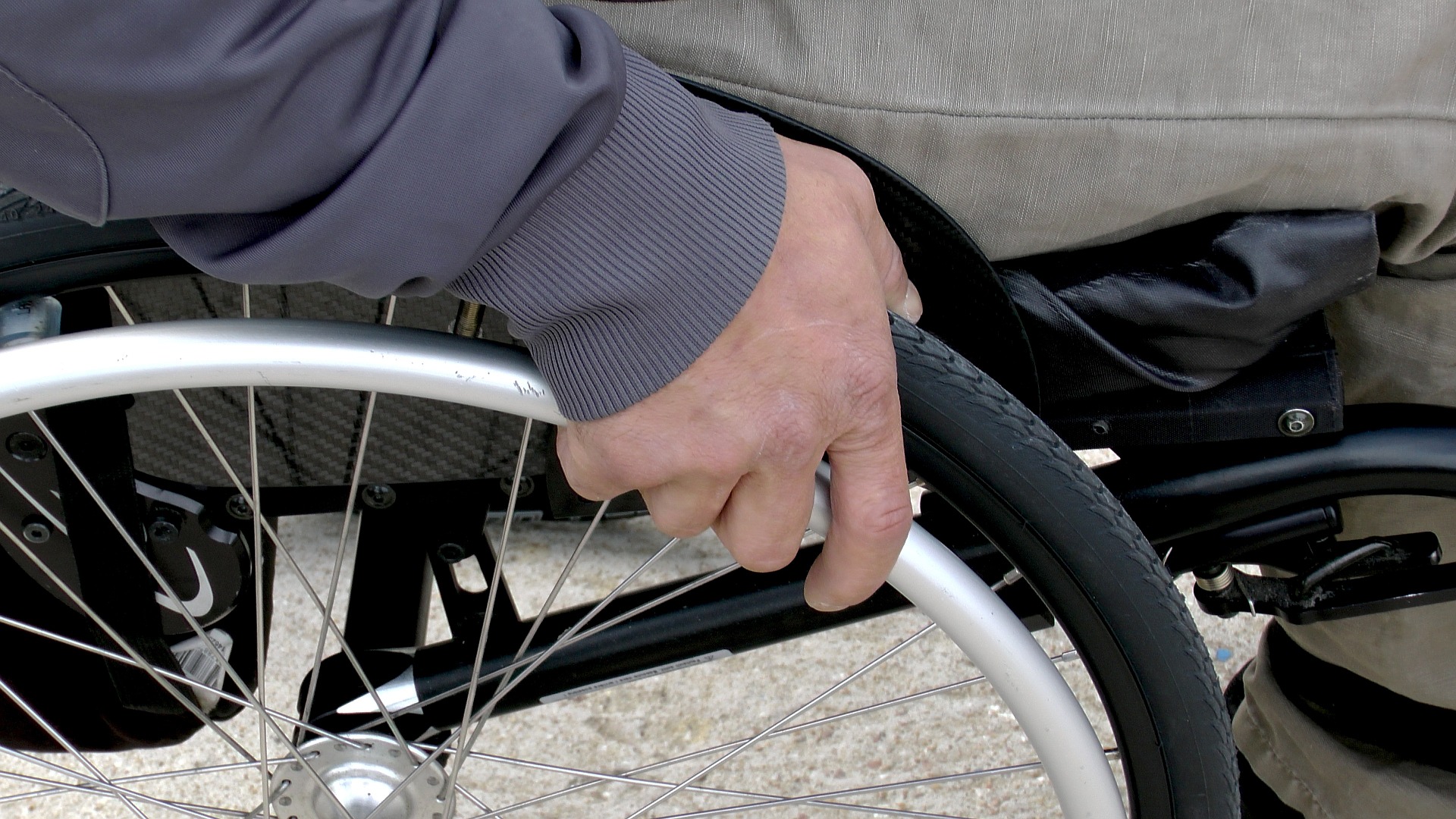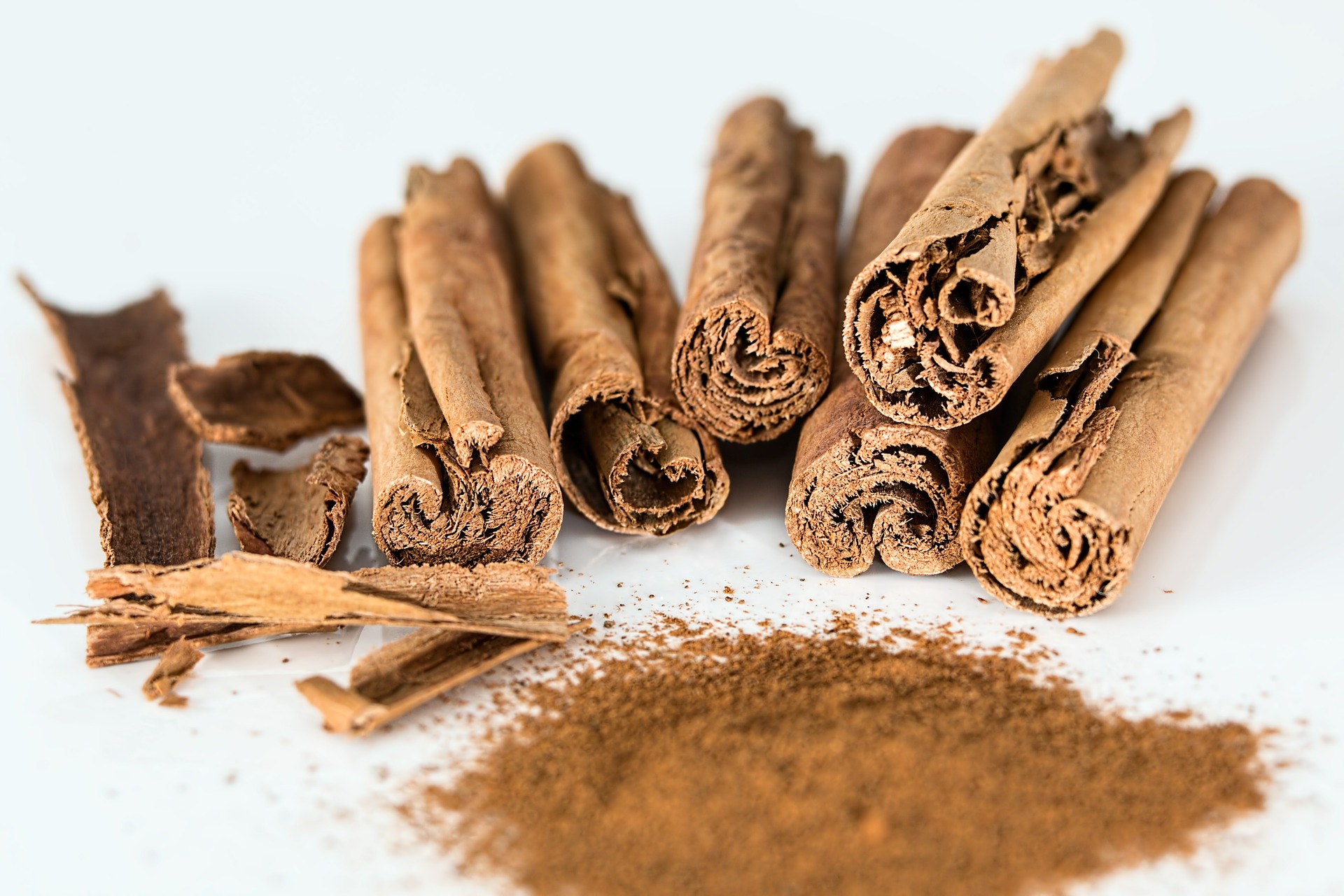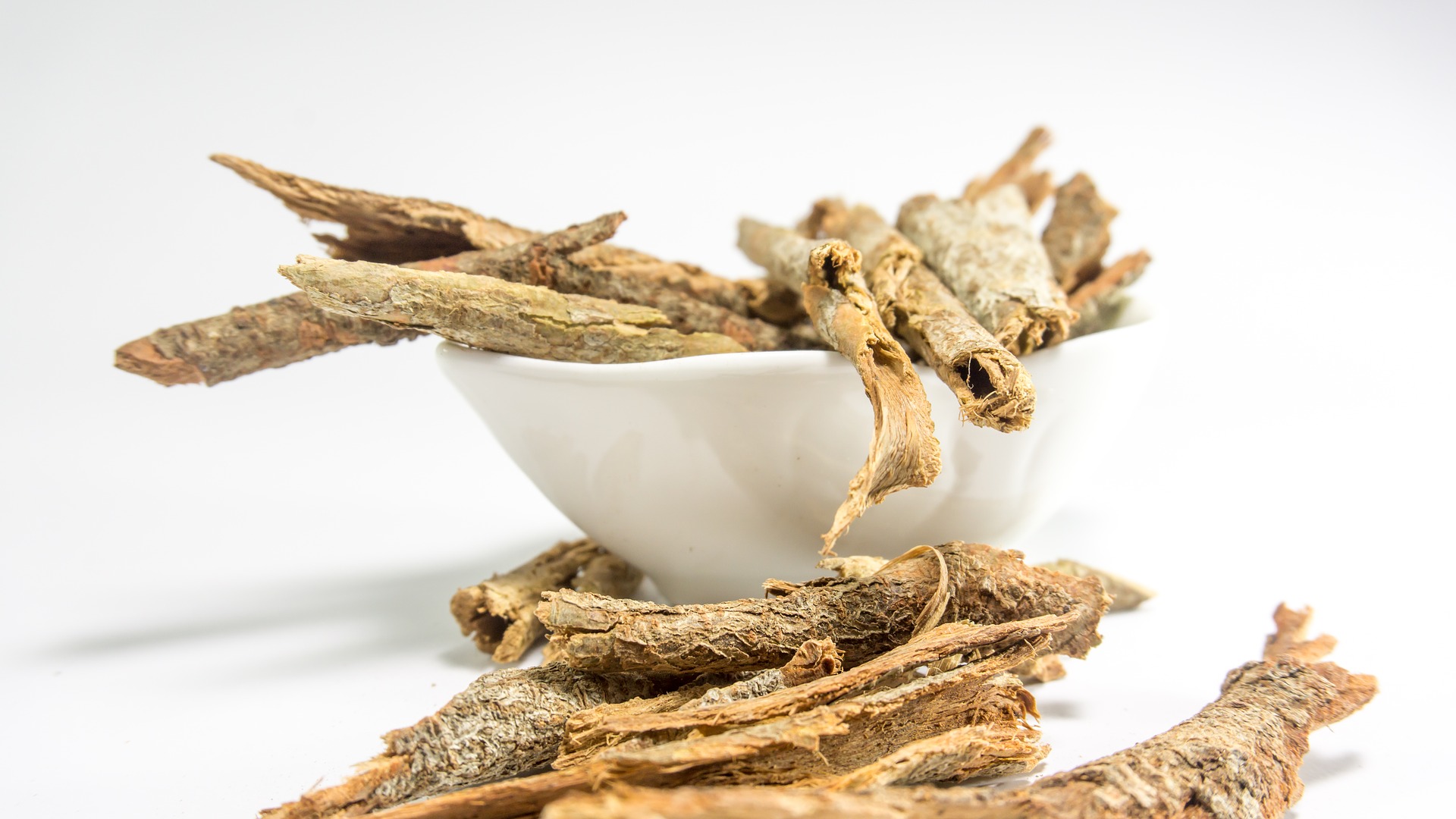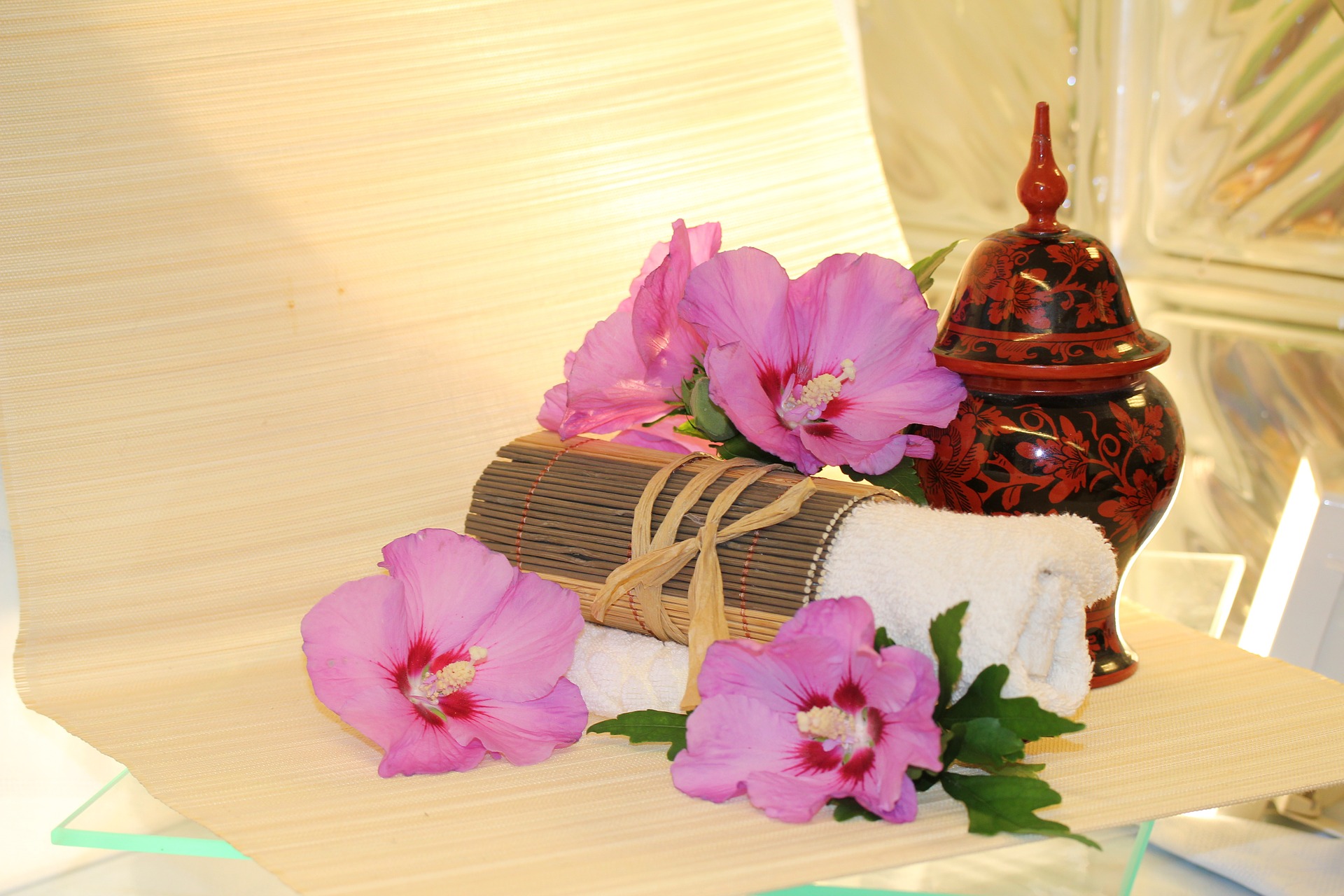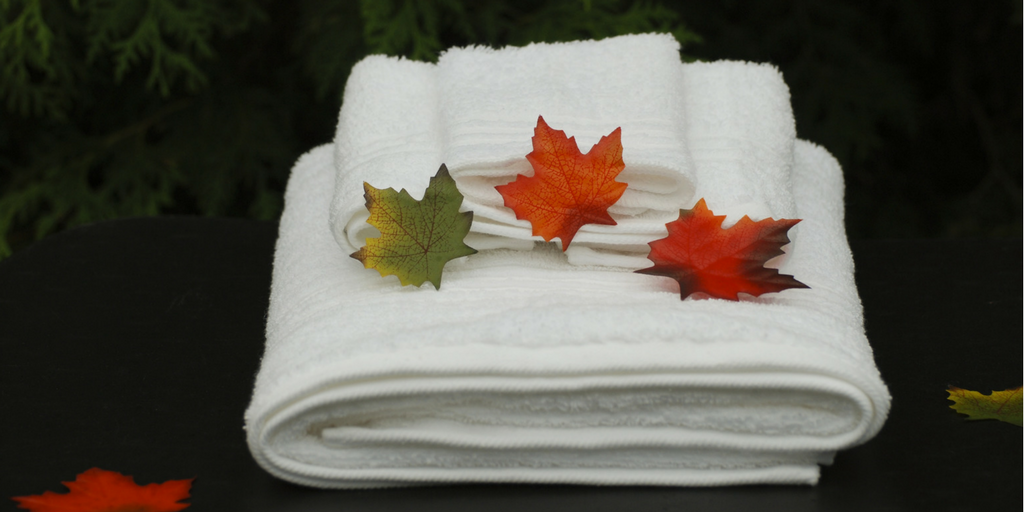Swedana means sweating; hence any Ayurvedic treatment that involves swedana promotes sweating to enable detoxification. As an Ayurveda doctor in Chennai, I observe an increasing curiosity among people about the benefits of swedana. Hence, I thought I could give you a quick introduction to the benefits of this treatment and its various types.
What is swedana?
Swedana helps in detoxification and reestablishing the balance between Vata, Pitta, and Kapha in the body. The sweat glands are one of the sources that eliminate toxins from the body. The thousands of sweat glands, when stimulated can help in mobilizing the toxins in the inner layers of the skin and muscles, getting rid of them. This benefit makes swedana a critical preparatory procedure of the Panchakarma treatment.
Many of us associate swedana with the steam box, the closed box that most of us have used as the last step of a body massage. But you can classify this treatment modality into many types based on the duration, the specific part or the whole body, the intensity, and the source of sweating. Yoga or exercises that cause sweating is classified as swedana in Ayurveda. But steam is the most common source of sweating in Ayurveda.
Steam box swedana
In this form of treatment, a herbal infusion induces steam. Patients sit inside a wooden box, surrounded by this steam. The duration varies, but it is usually about 30 minutes. They start sweating extensively and through this sweat the toxins of the body are eliminated. This process is also shown to stimulate circulation. The comfort of patients during this process is of primary importance since the temperature in the steam box is quite high. So if patients are sensitive to high temperature, then they will require close attention.
Other benefits of swedana
Although detoxification and balancing the doshas are critical advantages of this procedure, it also has other specific benefits.
- The skin and subcutaneous tissues experience increased blood flow, resulting in improved nutrition, loss of fatty tissue, weight loss, and a well-nourished skin
- The procedure also helps in relieving stress and pain
- It also helps in loosening the muscles and providing relief in case of joint pain, back pain, and body stiffness
- Swedana delivers immense benefits in case of allergies and rheumatoid arthritis
- This treatment provides relief in case of menstrual pain
With such impressive benefits from just a simple step – sweating – Ayurveda strongly recommends swedana as a treatment that will help keep your body strong and your skin refreshed.


